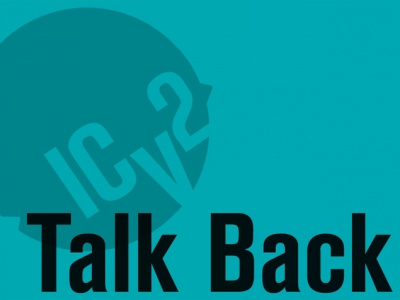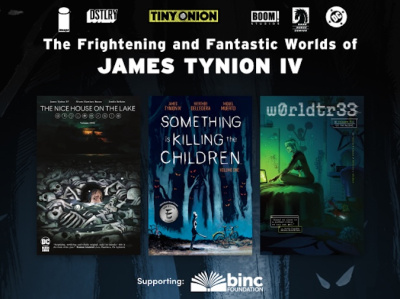Joe Krolik of Comics America in Winnipeg, Manitoba saw the news that Marvel comics will be sold in 7-11 stores (see 'Marvel Widens Distribution') and the comment on the plan from Jim Brocius of Cosmic Comics (see 'Jim Brocius of Cosmic Comics on Marvels in 7-11s') and sent us his thoughts on content for the c-store channel:
There are two points I want to make about Marvel's new distribution deal:
If, as Jim Brocius postulates, casual readers will not embrace the continued story format that we've had for many years in the direct market, then this may be a perfect opportunity for Marvel to use that format to drive these casual readers into specialty stores to get their monthly 'fix'. I really hope that Marvel uses the opportunity to publicize the Comic Shop Locator Service in every book in every non-specialty outlet. Now, Marvel may balk at this at first glance because it would require a special printing of the books. However, there have been many special printings of many books with small press runs, so this should not be a problem, and the end result will be larger profits for Marvel from selling more non-returnable vs. returnable copies. It won't hurt the specialty store business either, and we'll all benefit.
What if the continued story format is unworkable? What would it take to get back to the format used years ago? This beckons to one of my favorite rants about what the REAL cost of a comic is nowadays. To wit: In the past, you would spend well, let's use the mid-seventies price just for devil's advocacy, say 25 cents for your average comic. Today, that same average book is about US$2.25. So that's 9 times greater over 30 years. But, in that 1970s comic there was a pretty good chance that you'd get a full story with a discernable start and finish. Today you get a small chapter of that same story drawn out over four to eight issues. Granted there are huge differences in artwork, production values, blah, blah blah. Fine, I get it. But if you think about it and use the four-issue model, that's really 36 times the cost of that same story in the mid 70s! Using the rule of 72, it's easy to see that this represents a rate of about 12.5% annually compounded over ther last 30years. Not a bad rate of return if you could get it! The eight-issue model represents more than a 25% annual compounded cost for that same comic's contents! The point of all this? The publishers would have to do some very heavy editing to cram that story back into the original one book self-contained format of 30 years ago. Could it be done? Sure, but it would require that writers and artists re-align themselves to producing books with much more 'meat' in a very small package. Perhaps this is a very interesting premise... more content for less dollars... hmmmm...
The opinions expressed in this Talk Back article are solely those of the writer, and do not necessarily reflect the views of the editorial staff of ICv2.com.







